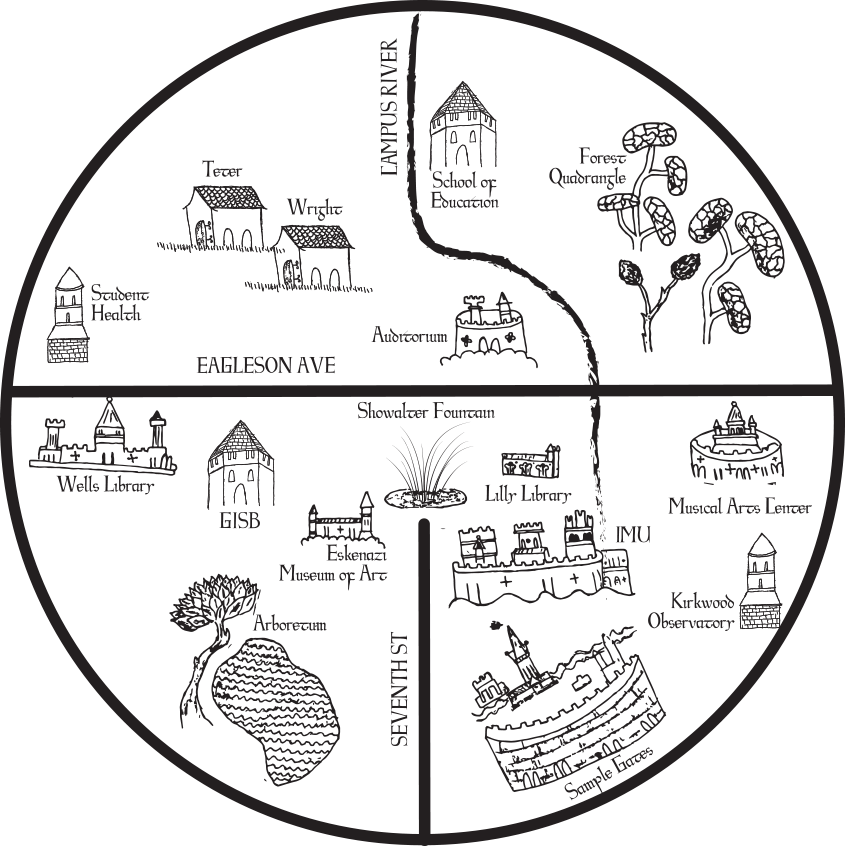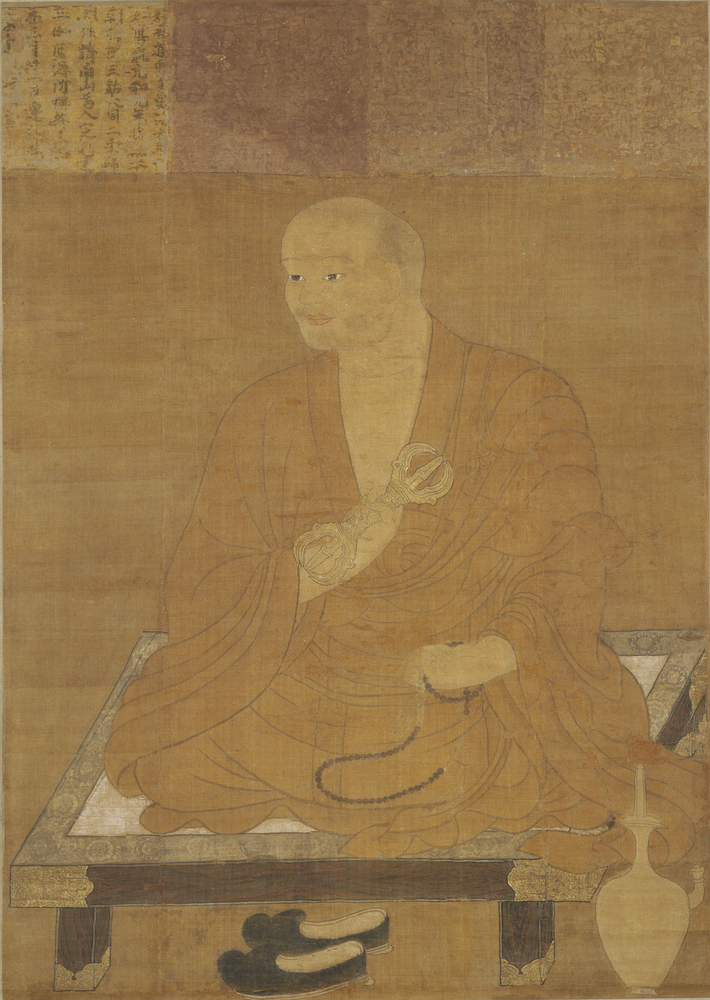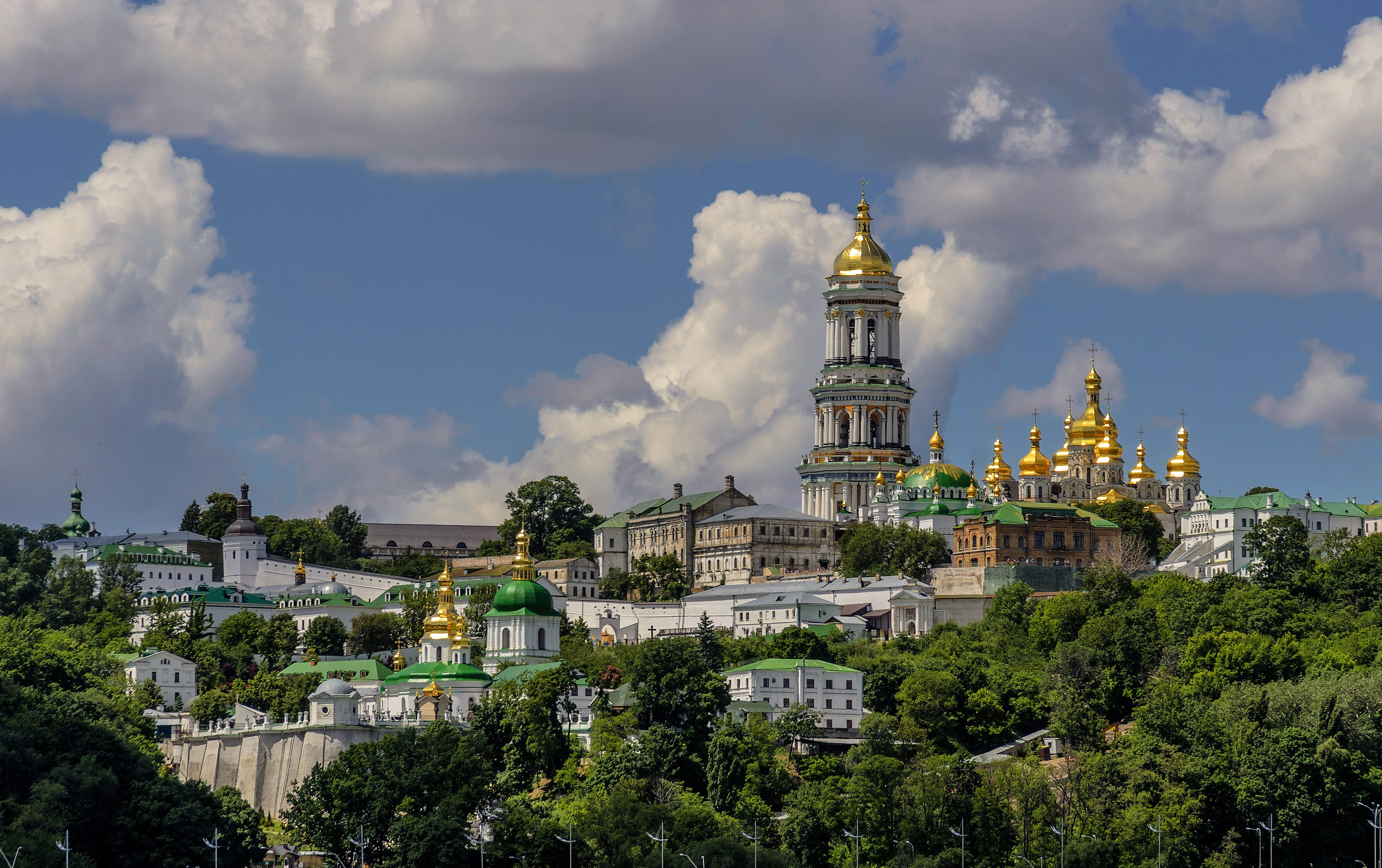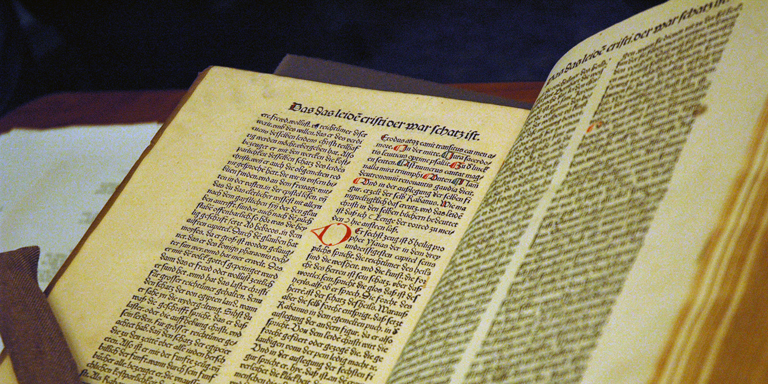Find me at the bench in the center of Dunn's Woods.
Buddhist priest Kūkai was born Saeki no Mao (Mao, of the Saeki family) on the island of Shikoku in Japan. His early studies led to a life of ascetic and meditative practices as a Buddhist and an administrator in 9th century Japan. His writings on Buddhism in the Japanese tradition led to his other name, Kōbō Daishi , or Great Teacher.
The Shikoku Henro, or Shikoku pilgrimage, is a circular pilgrimage to 88 sites on Shikoku associated with Kūkai's 9th-century life; much of the path is forested and offers contemplation of both the natural world and Kūkai's Buddhist teachings. A collection of folksongs from 12th-century Japan, the Ryojin Hisho, mentions the Shikoku pilgrimage among a number of other pilgrimages. One poem laments the winter pilgrimage and the trees that lose their leaves:
The mountain ascetic suffers the austerity of winter: his house of trees has lost.(*RH 305)
By the 16th century, 88 specific sites had emerged as a pilgrimage tradition that lives on today.
* Kim, Yung-Hee. Songs to Make the Dust Dance: The Ryojin Hisho of Twelfth-Century Japan. Berkeley, CA: University of California Press, 1994. http://ark.cdlib.org/ark:/13030/ft2f59n7x0/
Image: Eight Patriarchs of the Shingon Sect of Buddhism, Kūkai; Kamakura period, 13th-14th century. Source: Integrated Collections Database of the National Museums, Japan, https://colbase.nich.go.jp/collection_items/narahaku/797-8?locale=en
- Take a course on medieval Japan with Professor Morten Oxenboell, (East Asian Languages and Culture; Director of the East Asian Studies Center)
- Professor Heather Blair (Religious Studies) whose current project, Reverently I Pray: A Social, Literary, and Religious History of Prayer in Medieval Japan, looks at networks of patronage in medieval Japan.
Entry submitted by Morten Oxenboell, East Asian Languages and Cultures



 The skull of St. Martin (courtesy of Wikimedia Commons)
The skull of St. Martin (courtesy of Wikimedia Commons)

 The College of Arts
The College of Arts